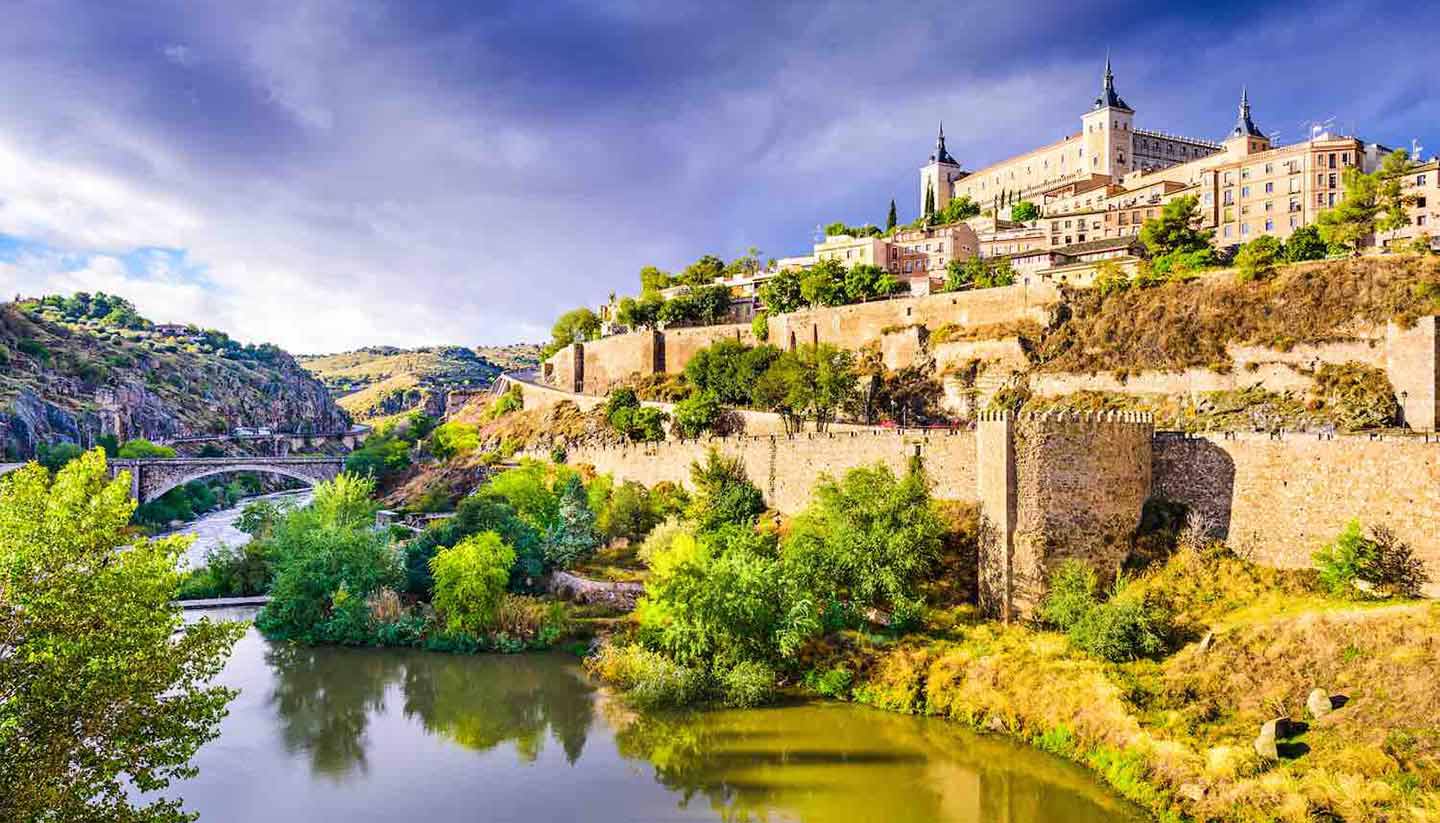Toledo History
Known to the Romans as Toletum, Toledo’s history is thought to have begun in around the 5th century BC when it was settled by a group of Jewish travellers.
While its precise origins remain the subject of much conjecture, what is certain is that by 193BC, the city had fallen to Roman general Marcus Fulvius Nobilior, becoming capital of the province of Carpentia and earning itself a mention in Livy’s Histories in 17 BC.
But Rome wasn’t the only invading power to set great store by Toledo. After the Romans withdrew, it became an important civic centre under Visigoth leader Leovigild, before being conquered by the Moors in 711. The Toledans, however, did not take the Moorish conquest lying down and the city was the scene of several rebellions against Moorish rule.
It wasn’t long, however, until Toledo was recaptured by the Christian leaders of Spain, becoming the first city in the Moorish province of Al-Andalus to fall. New ruler Alfonso VI of Castile took control of the city in 1085 and swiftly set about transforming the city into a centre for Christian learning, although its magnificent Arab library was left intact.
The same, however, could not be said for the city’s Jewish residents, with the Archdiocese of Toledo carrying out mass burnings in 1368, 1391, 1449 and 1486. Nevertheless, the city flourished under Castilian rule, becoming Castile’s capital until 1560, when the Spanish court moved to Madrid.
The removal of the royal court kick-started a period of decline and the city became a political and economic backwater. By the time the 20th century dawned, Toledo was little changed from its mediaeval incarnation and when the Spanish Civil War arrived in 1936, citizens opted for a very mediaeval form of defence – behind the thick stone walls of the Alcazar castle.
Post-war Toledo became a backwater again, though in recent years, the city has enjoyed something of a revival. After UNESCO declared its historic centre a World Heritage Site, tourists began flooding in, and the city was declared capital of Castile-La Mancha shortly afterwards.
Did you know?
• Toledo was the capital of Spain until 1560, when the honour went to Valladolid and then Madrid.
• The Alcázar was captured by Nationalist forces during the Civil War, though the city remained Republican.
• Doménikos Theotokópoulos, the painter better known as El Greco, died in Toledo in 1614.


